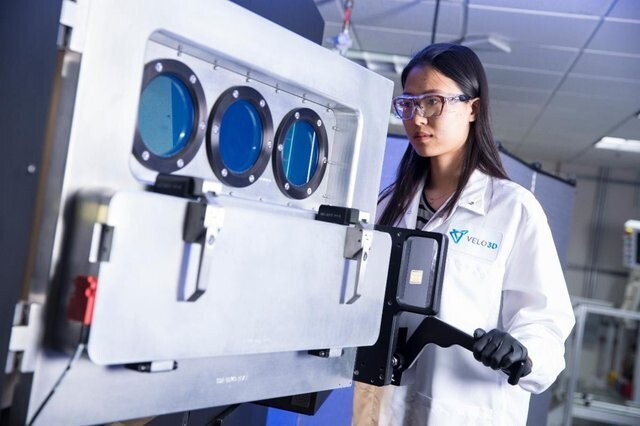

Velo3D, Inc. has announced its participation in a US Army-funded programme focused on changing the face of additive manufacturing for defence. The focus is to develop low-cost, rapidly implementable routes for Aluminium CP1, an alloy important for lightweight and high strength in military configurations.

Building capabilities for defence
Velo3D is collaborating with RTX, an aerospace and defence company, along with innovation hub firm Raytheon Technologies Research Centre (RTRC) to optimise laser powder bed fusion (L-PBF) techniques for defence-grade aluminium. The project, funded by the U.S. Army Combat Capabilities Development Command Aviation & Missile Centre, supports modernisation of integrated air and missile defence systems.
"Velo3D's metal AM platform was selected by (DEVCOM) AvMC and M&S for its differentiated capabilities that overcome the traditional constraints of legacy L-PBF systems," said Dr Arun Jeldi, CEO of Velo3D. His statement shows that the company believes its platform provides scalability where previous methods do not.
Also read: Aluminium extrusion in defence: strength, efficiency and innovation
The initiative also introduces a new framework for Installation and Operational Qualification, replacing point-by-point validation and paving the way for distributed production across the U.S. Department of Defence’s supplier base.
Industry implications
Lee Barber, Raytheon’s Additive Manufacturing Materials Lead, added that “additive manufacturing is pivotal to building a resilient and agile defence supply chain.” This sentiment is echoed by wider defence strategists, as the US looks to insulate critical production lines from overseas disruptions.
For context, Velo3D recently won a USD 6 million U.S. Navy contract to qualify copper-nickel alloys for ship repairs, further illustrating its growing role in defence innovation.
Responses








